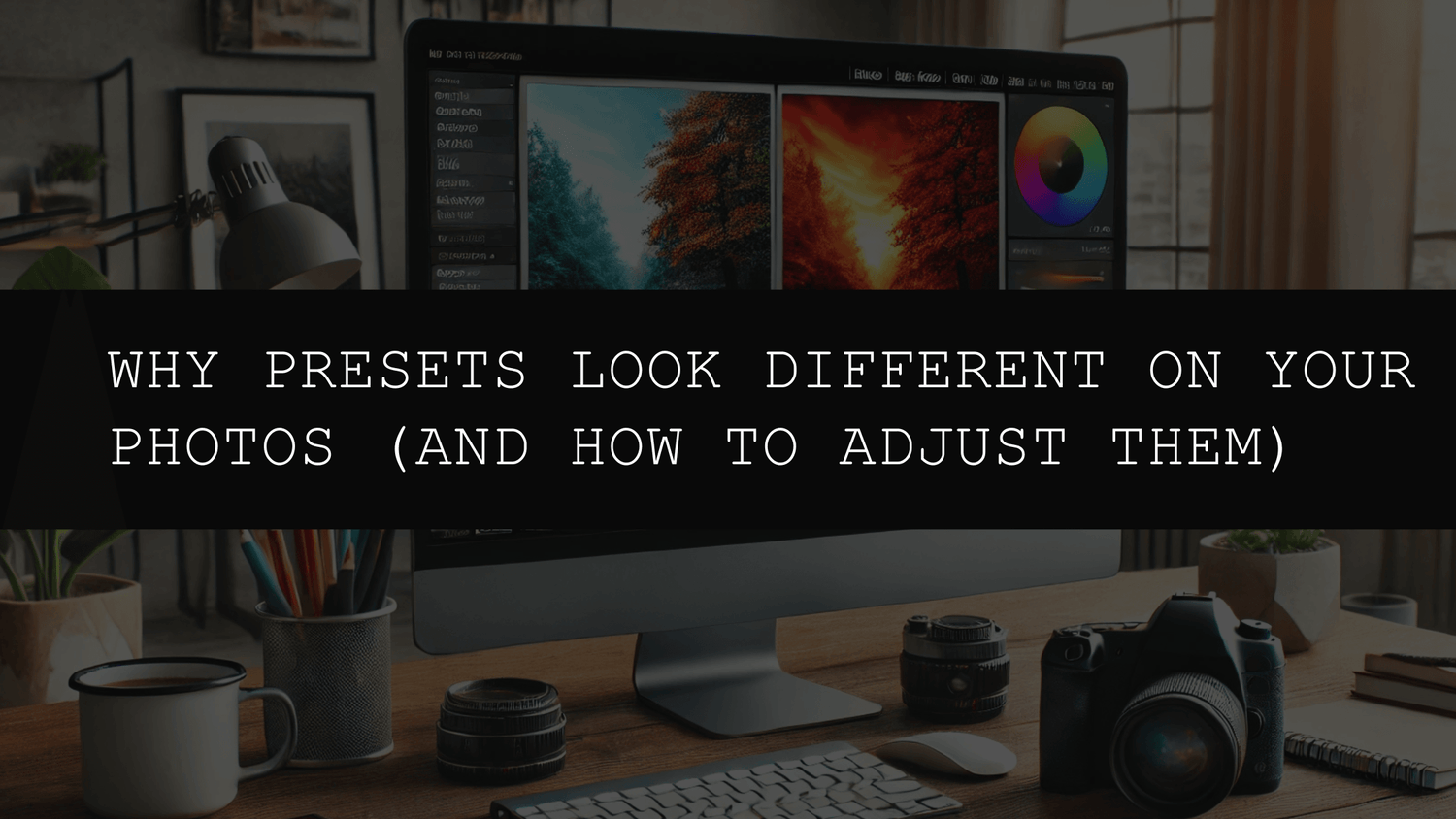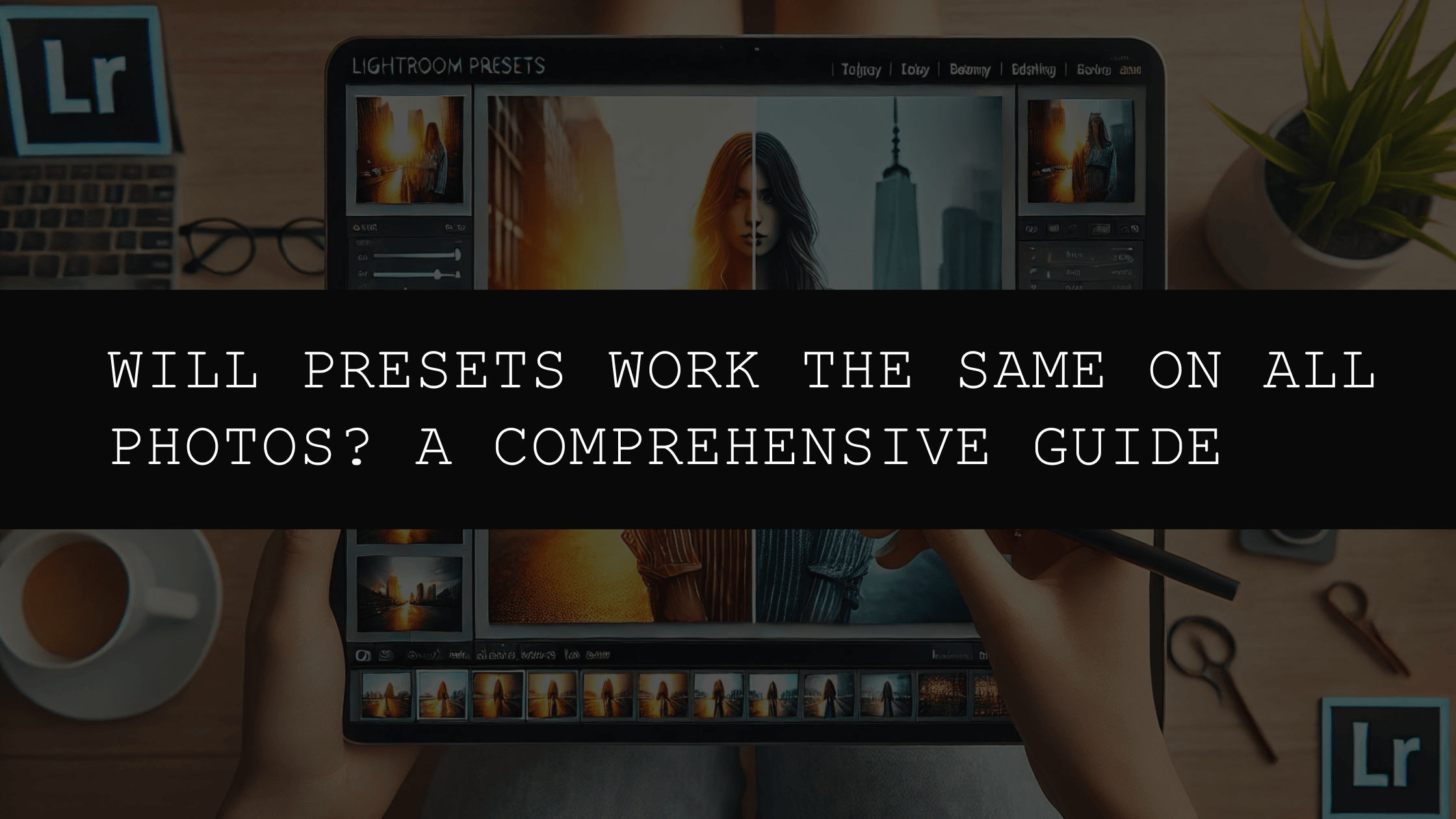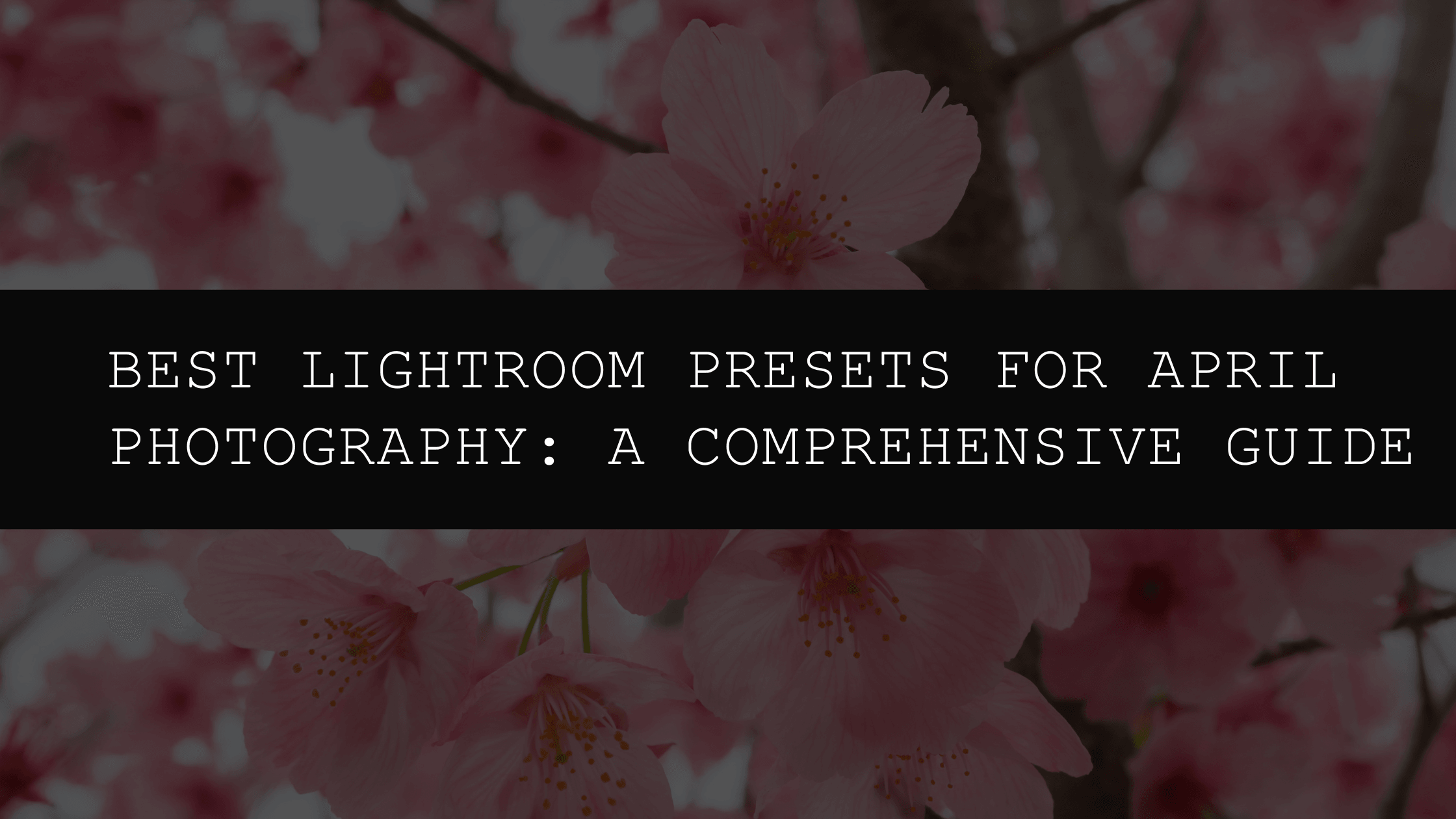Why Presets Look Different on Your Photos (And How to Adjust Them)
In the ever-evolving landscape of digital photography, presets have emerged as indispensable tools for photographers seeking efficiency and stylistic consistency. These pre-designed editing templates promise a streamlined path to achieving a desired aesthetic, potentially saving countless hours of meticulous individual adjustments. However, the reality often deviates from the idealized marketing portrayals. Many photographers discover that the same preset, when applied to different photos, yields strikingly disparate results, leading to frustration and uncertainty about the true efficacy of these digital shortcuts. This in-depth article delves into the multifaceted reasons why presets might appear inconsistent across your images and provides practical, actionable strategies to master their use, achieving predictable, high-quality, and visually stunning results every time.
The Underlying Science (and Art) of Preset Inconsistencies
The discrepancies encountered when applying presets arise from a complex interplay of factors, each contributing uniquely to the final outcome. A thorough understanding of these elements is crucial for effective preset utilization. Let's examine the key influences in detail:
1. The Foundation: Your Original Image—The Unsung Hero (or Villain)
The starting point—your original photograph—is arguably the most significant factor determining a preset's ultimate effect. Presets are essentially algorithms designed to modify image data. The inherent characteristics of the source image profoundly influence how the preset interacts with it. Consider the following variations:
- Lighting Conditions: An image captured under bright, direct sunlight will respond quite differently to a preset than one shot in the soft, diffused light of an overcast day or the low-light conditions of twilight. Presets frequently adjust exposure, contrast, and shadow detail. These adjustments will vary dramatically depending on the initial lighting environment.
- Color Balance: The color profile of your image significantly impacts the final outcome. A photo with a cool, bluish tone will respond differently to a preset than one with warm, yellowish tones. Presets aimed at enhancing warmth might oversaturate an already warm image or produce minimal change in a cool image. This inconsistency is especially notable in images with strong color casts.
- Dynamic Range: High dynamic range (HDR) images, characterized by an extensive range of tones from deep shadows to bright highlights, present unique challenges. Presets might clip highlights (losing detail in the brightest areas) or crush shadows (losing detail in the darkest areas), resulting in less-than-ideal results unless meticulously fine-tuned. This is particularly relevant for landscape photography where large tonal variations are common.
- Sharpness and Detail: Images with varying degrees of sharpness and detail react differently to presets designed to enhance these qualities. A preset aimed at sharpening might over-sharpen an already sharp image, introducing unwanted artifacts like halos or noise amplification. Conversely, it might have minimal effect on a soft image that already lacks detail.
- Image Composition and Subject Matter: The composition itself can influence how a preset works. A preset that enhances textures might look incredible on a rustic barn but less impressive on a portrait. The interaction between the preset's algorithms and the subject's features is key to consistent results.
2. Camera Settings: The Often-Overlooked Variables
Your camera settings during image capture play a critical, often overlooked role. These settings dictate the raw data the preset works with, directly impacting the final outcome. Key factors to consider include:
- ISO: High ISO settings, necessary in low-light situations, introduce noise (grain) into your images. Presets frequently attempt noise reduction, but their effectiveness varies significantly with the level of noise present. Excessive noise might not be fully corrected, resulting in a grainy or textured look despite preset application.
- Aperture: The aperture setting controls depth of field. Presets focused on sharpening or selectively enhancing parts of the image might not function as intended if the depth of field is shallow, potentially leading to uneven results or highlighting areas of blur.
- Shutter Speed: Motion blur or camera shake, often resulting from slow shutter speeds, can affect image clarity. Presets struggle to effectively correct these issues, leading to less than ideal sharpness in moving subjects.
- White Balance: Incorrect white balance at the time of capture introduces color casts (unwanted color tints). Presets might struggle to completely neutralize these casts, leading to inconsistencies in color temperature and overall image rendering. This is especially true for images shot under artificial lighting.
- File Format: Shooting in RAW format captures significantly more image data compared to JPEG. RAW files offer greater flexibility and allow for more extensive adjustments with presets, generally yielding better results.
3. Software and File Type: The Digital Alchemy at Play
The software you employ for photo editing and the file type (RAW vs. JPEG) significantly influence how a preset is interpreted and applied. Each program handles image data uniquely, leading to subtle—and sometimes substantial—differences:
- Software Variations: Presets designed for Adobe Lightroom, for example, might not translate flawlessly to Capture One, Luminar, or other editing software. Different algorithms and processing engines lead to variations in the outcome. Each program has unique color profiles and processing pipelines.
- RAW vs. JPEG: As previously mentioned, RAW files contain significantly more image data than JPEGs. Presets applied to RAW files generally provide more flexibility and control, enabling more nuanced adjustments and better results. JPEGs, being compressed, offer less room for manipulation and may produce less predictable outcomes due to data loss during compression.
4. Preset Quality: A Spectrum of Capabilities
The quality and design of the preset itself play a crucial role. Well-crafted presets are carefully designed to adapt to a broader range of image characteristics, resulting in more consistent and predictable results. Poorly designed presets might lack robustness, leading to inconsistent or unpredictable outcomes across different images. Look for presets from reputable creators with extensive testing and feedback.
Mastering Presets: Practical Strategies and Advanced Techniques
While presets offer a convenient starting point, mastering their use requires understanding their inherent limitations and employing strategic techniques to achieve predictable and professionally polished results:
- Always Prioritize RAW Files: The increased data in RAW files provides greater control and flexibility during editing, resulting in significantly more consistent results when using presets. This is a fundamental best practice.
- Embrace Adjustment Layers: Avoid applying presets directly to your image. Use adjustment layers as a non-destructive method, allowing easy adjustment of the preset's impact without permanently altering your original image. This is especially valuable for layering multiple adjustments and selectively masking them.
- Refine Individual Settings: Never view presets as one-size-fits-all solutions. After applying a preset, carefully adjust the individual sliders to fine-tune the look, ensuring it perfectly complements your image's characteristics. This step is essential for achieving consistent, high-quality results.
- Experiment Extensively: Don't hesitate to try multiple presets on the same image to observe how each interacts with its unique characteristics. Comparing results helps identify the best fit and reveals how different algorithms interact with your image data.
- Monitor Calibration is Crucial: Ensure your monitor is properly calibrated to achieve accurate color representation. Inconsistent monitor calibration leads to misjudgments when assessing the preset's effects and can lead to unexpected results when sharing images.
- Understand Your Software Thoroughly: Deep familiarity with your editing software's capabilities is essential for efficient troubleshooting and more effective preset usage. This understanding provides the necessary knowledge to overcome challenges and achieve consistent results.
- Consider Creating Custom Presets: Once you develop a style that works well, create your own presets from meticulously edited images. This provides a consistent baseline tailored to your aesthetic preferences and camera characteristics.
- Analyze and Learn from Failures: When a preset doesn't produce the expected outcome, don't simply dismiss it. Analyze what went wrong. Understand the image’s characteristics and how they might have interacted with the preset's algorithm. This is a crucial learning opportunity.
Conclusion: The Art of Preset Mastery
Presets are undoubtedly powerful tools, but they are not magical solutions. A profound understanding of the intricate relationship between your original image, camera settings, software choices, and the preset itself is crucial for achieving consistent and visually appealing outcomes. By mastering these elements and effectively employing the advanced techniques outlined above, you can fully leverage the efficiency of presets while maintaining creative control, achieving high-quality, professional-looking photographs consistently.




Leave a comment
This site is protected by hCaptcha and the hCaptcha Privacy Policy and Terms of Service apply.